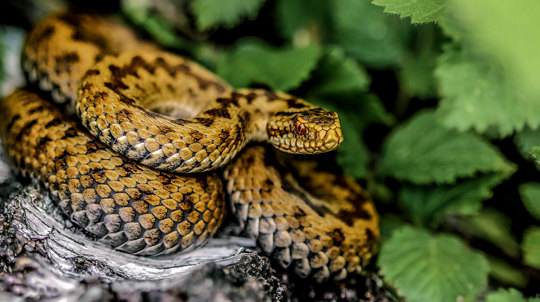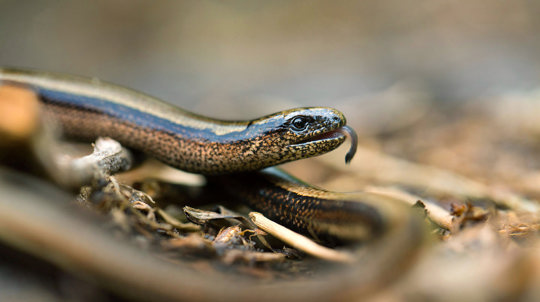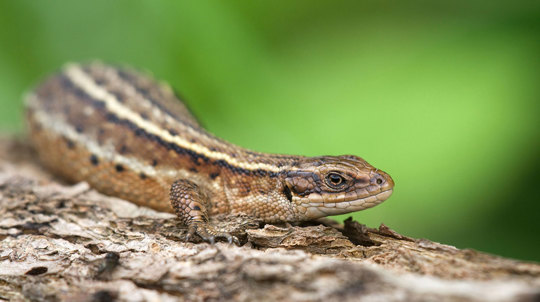Common names: grass snake, barred grass snake
Scientific name: Natrix helvetica
Family: Colubridae
Habitat: wetland, woodland, farmland, grassland
Diet: amphibians, fish, small mammals, birds.
Predators: birds of prey, herons, mammalian carnivores
Origin: native












